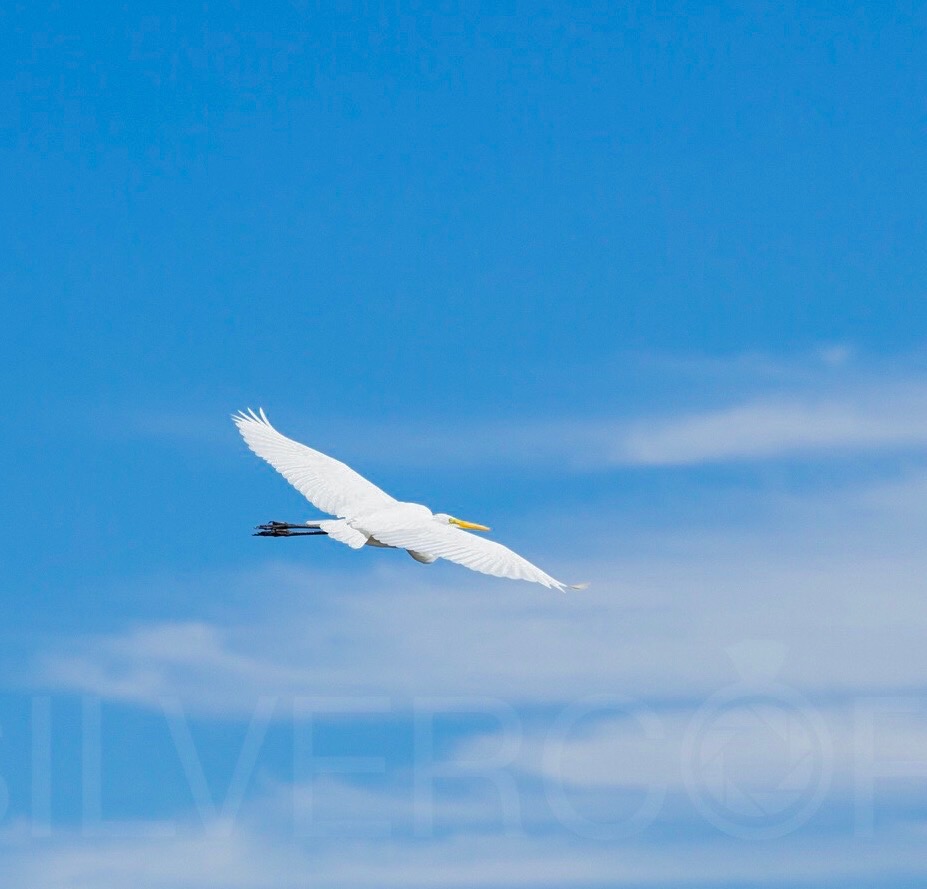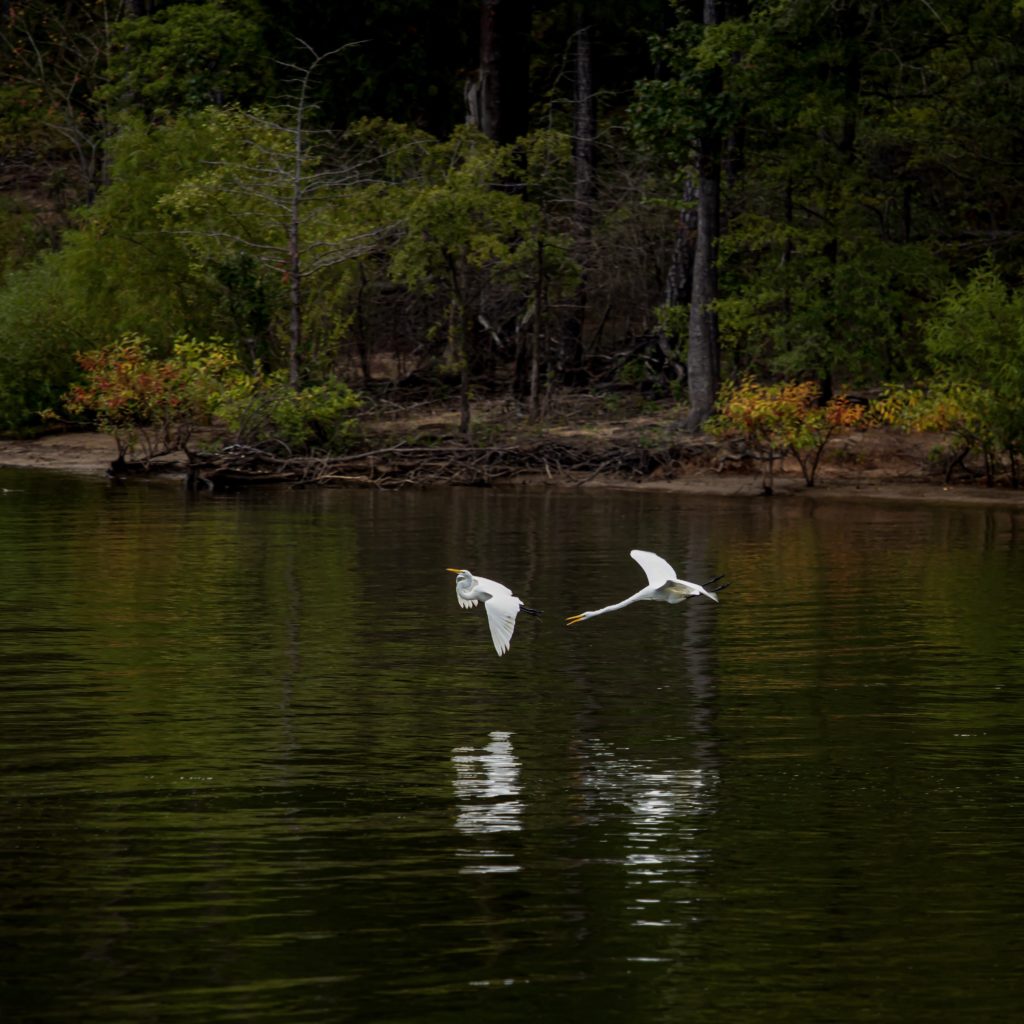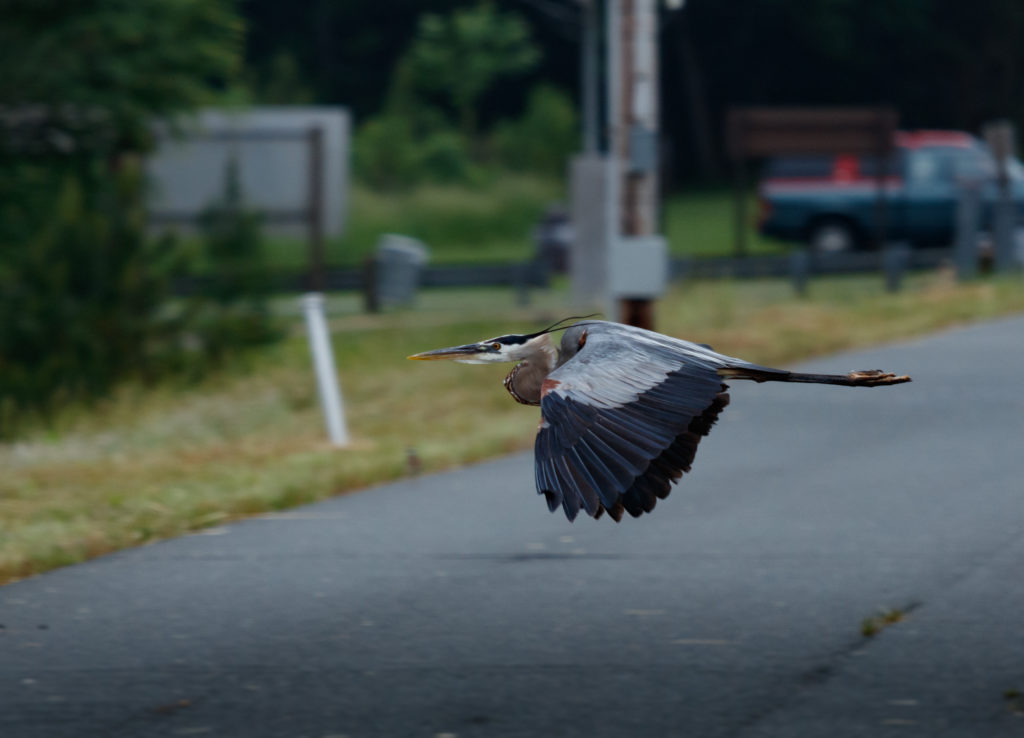
A Great Egret at Jordan Lake in Apex, N.C.
This majestic symbol
of the National Audubon Society is recognizable by a slow flight, often
cruising with their necks retracted.
This one was gliding over Jordan Lake last week as I was out searching for Eagles.
🌿
A
few years ago, North Carolina Museum of Natural Sciences partnered with
public schools to capture 8 Great Egrets and attach GPS tags.
Some stayed in here North Carolina; others traveled quite a distance way.
Data
showed one female traveled from Lake Mattamuskeet, in Hyde County, to
New York City in a single night. She eventually settled in
Massachusetts, where she bred and then headed south to Cuba.
Pretty amazing!
Photo by @sally_siko of @birdwatching_nc
Canon 5DS








